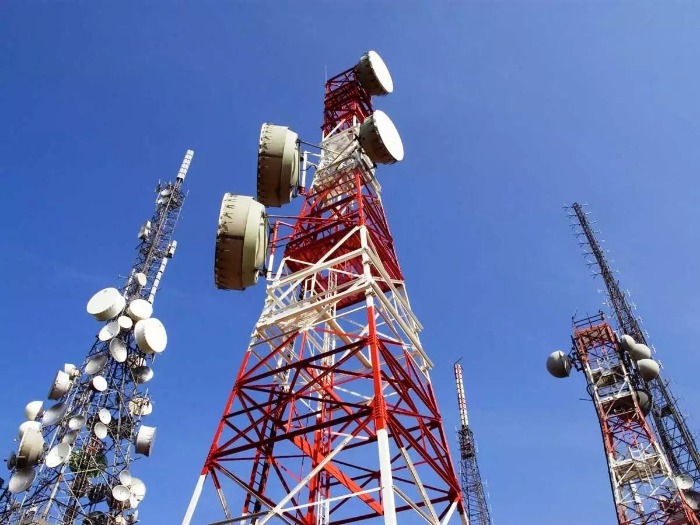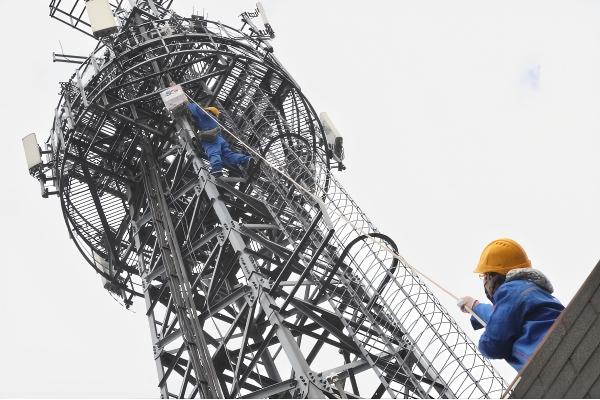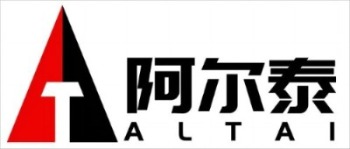When designing the height of an angle steel communication tower, a comprehensive approach is required to balance technical, structural, regulatory, and environmental factors. Below is a structured overview of key considerations:
Antenna Functionality: Ensure the height accommodates the required elevation for antennas (e.g., cellular, TV, microwave) to achieve optimal signal coverage and line-of-sight (LOS) for microwave links.
Terrain and Obstacles: Account for natural or man-made obstructions (e.g., hills, buildings, trees) that may necessitate greater height for clear signal propagation.
Aviation Regulations: Adhere to height restrictions near airports (e.g., FAA guidelines in the U.S.) to avoid interference with flight paths.
Local Zoning Laws: Comply with municipal regulations on maximum structure heights and environmental impact assessments (EIA) for tall towers.
Permitting: Secure necessary permits, which may involve public consultations for visually intrusive structures.

Wind and Seismic Loads: Calculate wind pressure using local wind speed data (e.g., ASCE 7 standards) and consider seismic activity for dynamic load analysis.
Foundation Design: Ensure the foundation (e.g., deep piles, reinforced concrete) can handle increased overturning moments and shear forces from greater heights.
Material Strength: Use appropriately graded steel sections and bracing systems to resist buckling, sway, and torsional stresses.
Dynamic Stability: Address natural frequency and vibration risks (e.g., vortex shedding) to prevent resonance.
Wind and Ice Loads: Incorporate regional wind zones and ice accumulation risks, which add structural weight and wind drag.
Temperature Effects: Allow for thermal expansion/contraction in design tolerances.
Corrosion Resistance: Apply protective coatings (e.g., galvanization) to mitigate corrosion from moisture, salt, or pollution.
Cost-Benefit Analysis: Balance height-related costs (materials, foundation, transportation) against coverage benefits.
Transportation and Logistics: Consider limitations on steel section sizes due to road transport regulations and crane availability.
Lightning Protection: Install grounding systems and lightning rods, especially for taller towers.
Climbing Safety: Design safe access (e.g., ladders, platforms) and fall-protection systems for maintenance.
Ice Shedding: Implement measures to prevent ice buildup or safely shed ice to avoid hazards.
Modular Design: Allow for future height extensions or additional antenna mounts without structural retrofitting.
Load Redundancy: Reserve capacity for new equipment (e.g., 5G antennas) and evolving technologies.

Visual Blending: Use camouflage (e.g., lattice designs, paint schemes) in sensitive areas (urban, scenic) to reduce visual intrusion.
Community Feedback: Engage stakeholders early to address concerns about aesthetics or property values.
Erection Feasibility: Plan for construction challenges (e.g., crane reach, assembly sequencing) for very tall towers.
Durability: Ensure a design lifespan (typically 25–50 years) with minimal maintenance through robust materials and coatings.
A tower in a coastal urban area might prioritize corrosion-resistant materials, strict height limits due to nearby airports, and aesthetic blending with surroundings. Meanwhile, a rural microwave relay tower would emphasize LOS clearance, wind/ice loads, and minimal foundation costs.
By systematically addressing these factors, engineers can optimize tower height for functionality, safety, compliance, and cost-effectiveness.
Learn more at www.alttower.com
